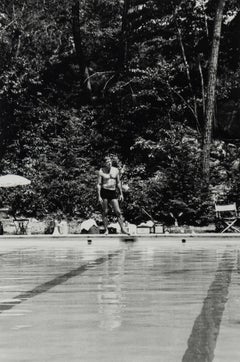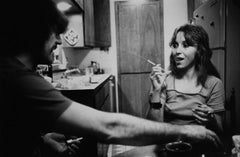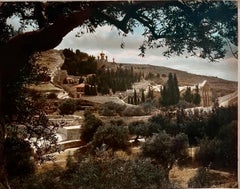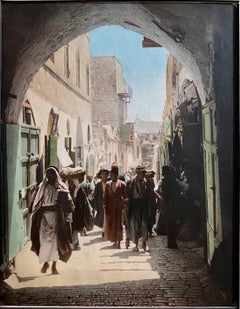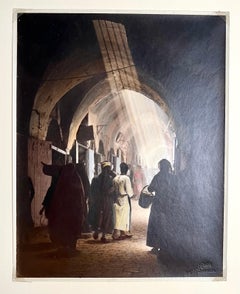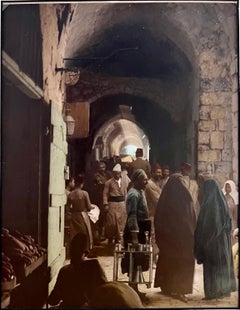![Untitled [On the Marne]](https://a.1stdibscdn.com/eugene-atget-photography-untitled-on-the-marne-for-sale/a_9323/a_29048031527798890126/Atget_On_the_Marne_1stdibs_master.jpg?width=240)
Untitled [On the Marne]
View Similar Items
Eugène AtgetUntitled [On the Marne]printed c. 1950
printed c. 1950
About the Item
- Creator:Eugène Atget (1857-1927, French)
- Creation Year:printed c. 1950
- Dimensions:Height: 8 in (20.32 cm)Width: 10 in (25.4 cm)
- Medium:
- Movement & Style:
- Period:
- Condition:
- Gallery Location:New York, NY
- Reference Number:1stDibs: LU93232904803
Eugène Atget
Eugène Atget (1857–1927) took up photography in the late 1880s, turning his camera on Paris in 1898. The French photographer captured Parisian streetscapes, shop fronts, and architectural details in a straight, documentary style, in contrast to the Pictorialist trend that was popular at the time.
Atget made beautiful and sensitive documents and by the early 1920s, up until his death, his works became increasingly expressive and metaphorical and were championed by the Surrealists for their poetic and haunting mood.
Thanks to the support of American photographer Berenice Abbott (1898–1991), Atget became recognized as one of the great early modern photographers, documenting Paris painstakingly on meanderings throughout the City of Light into the 20th century.
Abbott is famous for her black-and-white photographs of New York City. She also created a large body of portraits that she made in Paris. Abbott found inspiration in Atget's Parisian streetscapes, an influence that would carry over into her work and the series “Changing New York” (1935-38). A major body of Abbott’s work was made during the Works Progress Administration/Federal Art Project.
Find original Eugène Atget photography for sale on 1stDibs.
(Biography provided by 99Prints NYC)
More From This Seller
View AllLate 19th Century Academic Black and White Photography
Silver Gelatin
Mid-20th Century Academic Portrait Photography
Black and White
1960s Contemporary Photography
Silver Gelatin
Late 20th Century Other Art Style Portrait Photography
Silver Gelatin
2010s Contemporary Landscape Photography
Silver Gelatin
1980s Other Art Style Portrait Photography
Silver Gelatin
You May Also Like
Early 20th Century Academic Black and White Photography
Photographic Paper
Early 20th Century Academic Black and White Photography
Photographic Paper
Early 20th Century Academic Black and White Photography
Photographic Paper
Early 20th Century Academic Black and White Photography
Photographic Paper
2010s Academic Black and White Photography
Archival Pigment
Late 19th Century Academic Black and White Photography
Photographic Paper
Recently Viewed
View AllRead More
Lori Grinker’s Artful Photographs of a Young Mike Tyson Are a Knockout!
The New York photographer tells us how an encounter with the then-13-year-old boxer led to a decade-long project that saw them both go pro.
In Marc Yankus’s Photos, New York Landmarks Are Pristinely Devoid of People
A new exhibition at Manhattan's ClampArt gallery shows off the artist's portraits of urban architectural icons.
![Untitled [Modern Interior]](https://a.1stdibscdn.com/eugene-atget-photography-untitled-modern-interior-for-sale/a_9323/1527798356164/Atget_Modern_Interior_1stdibs_master.jpg)
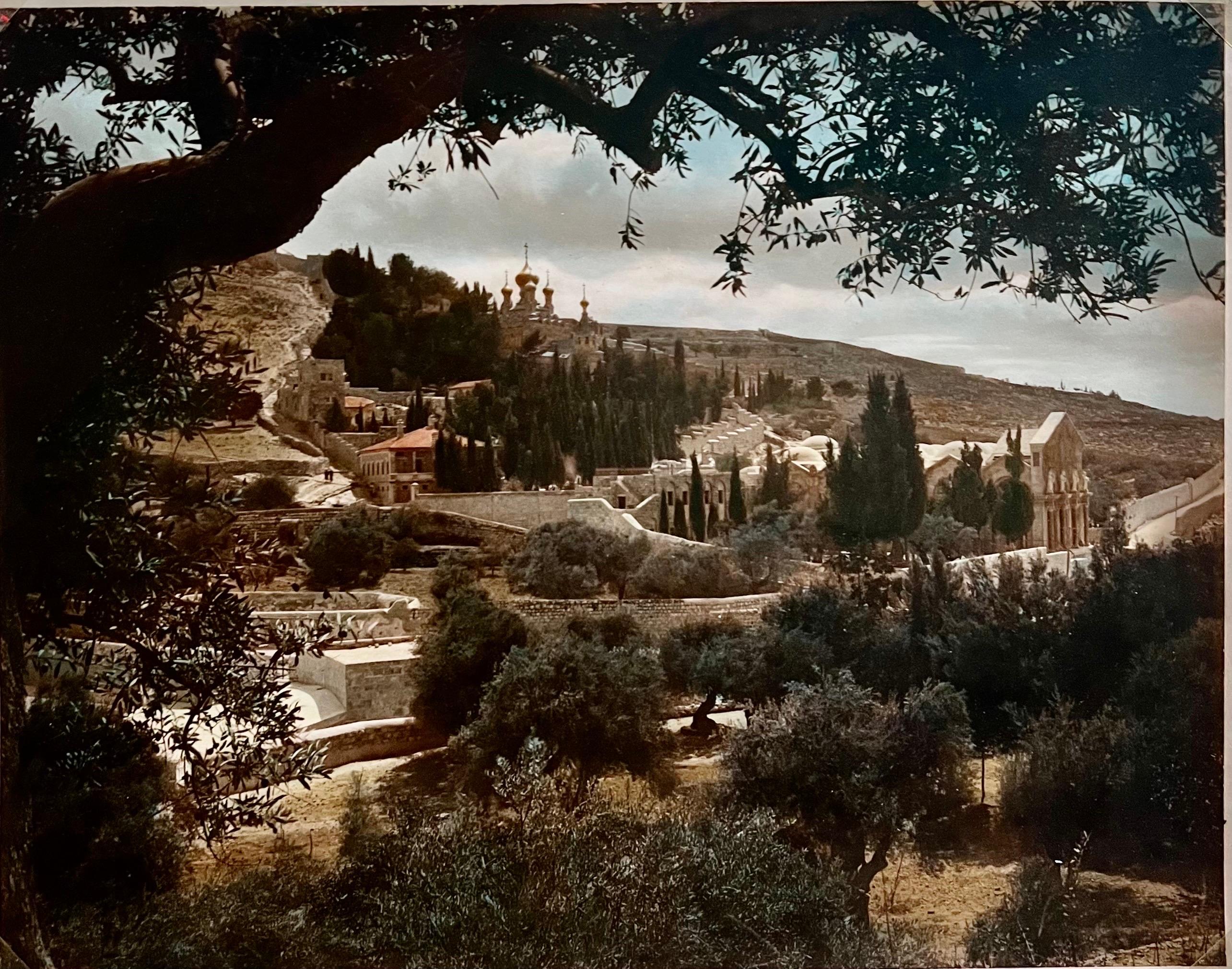
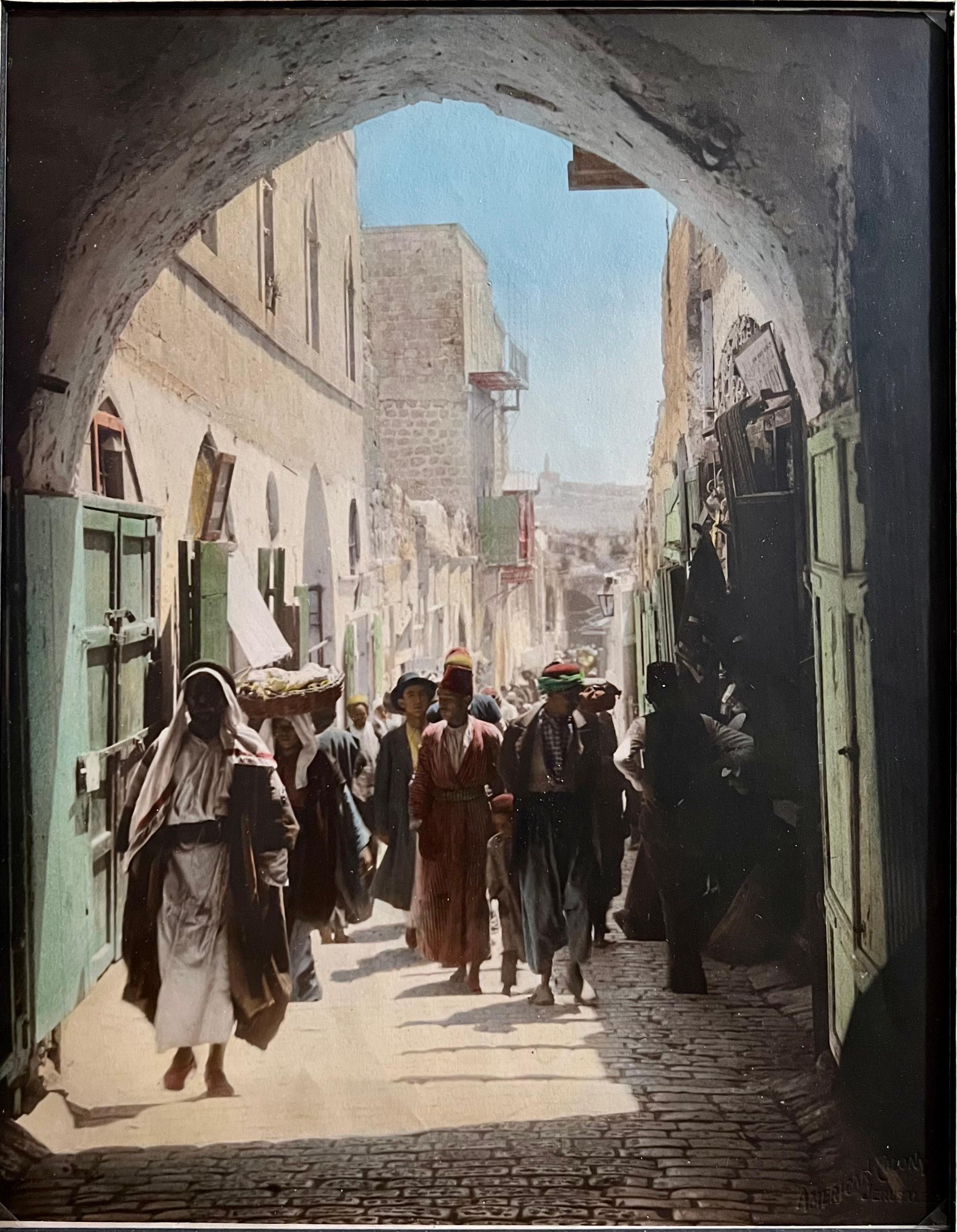
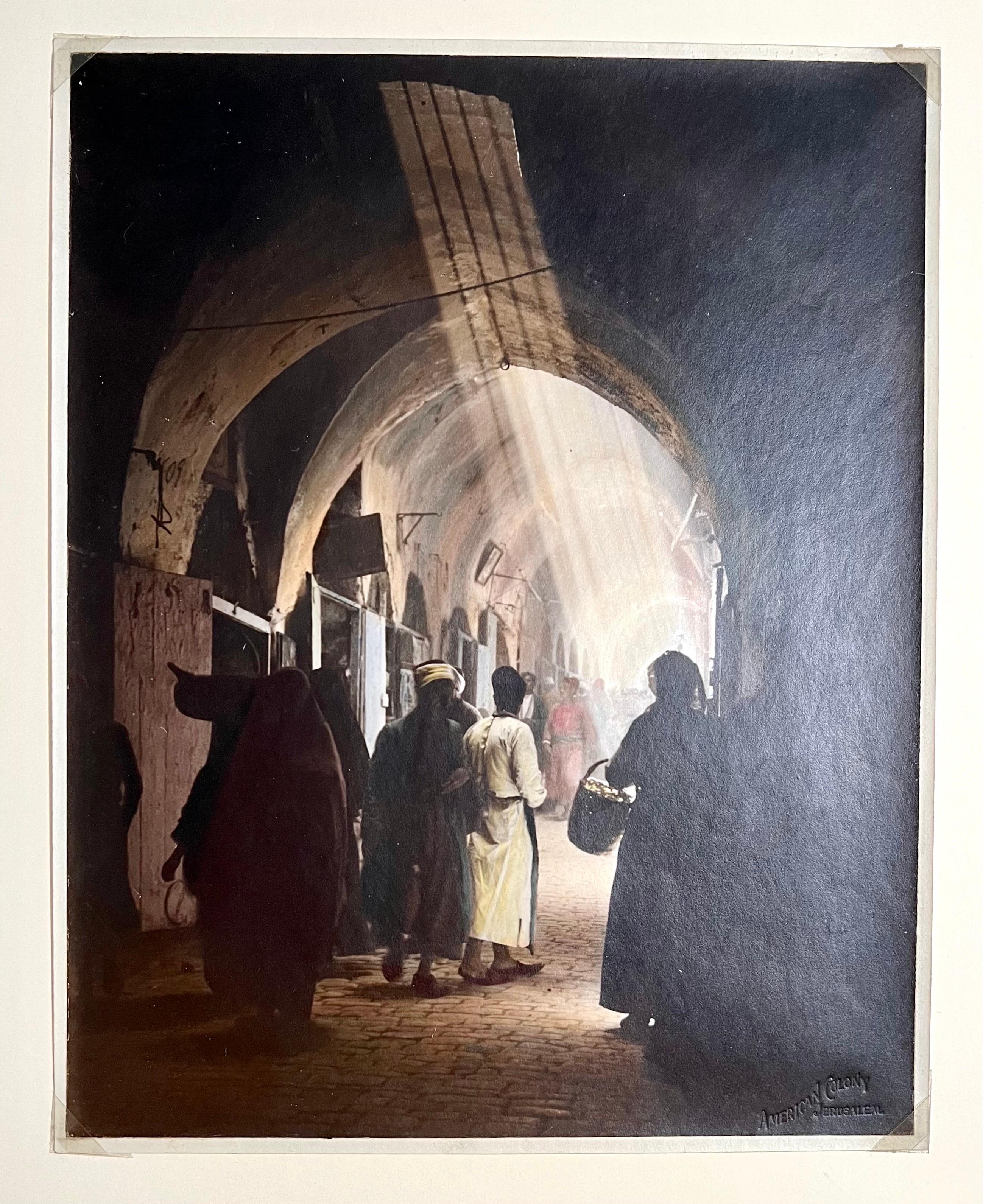
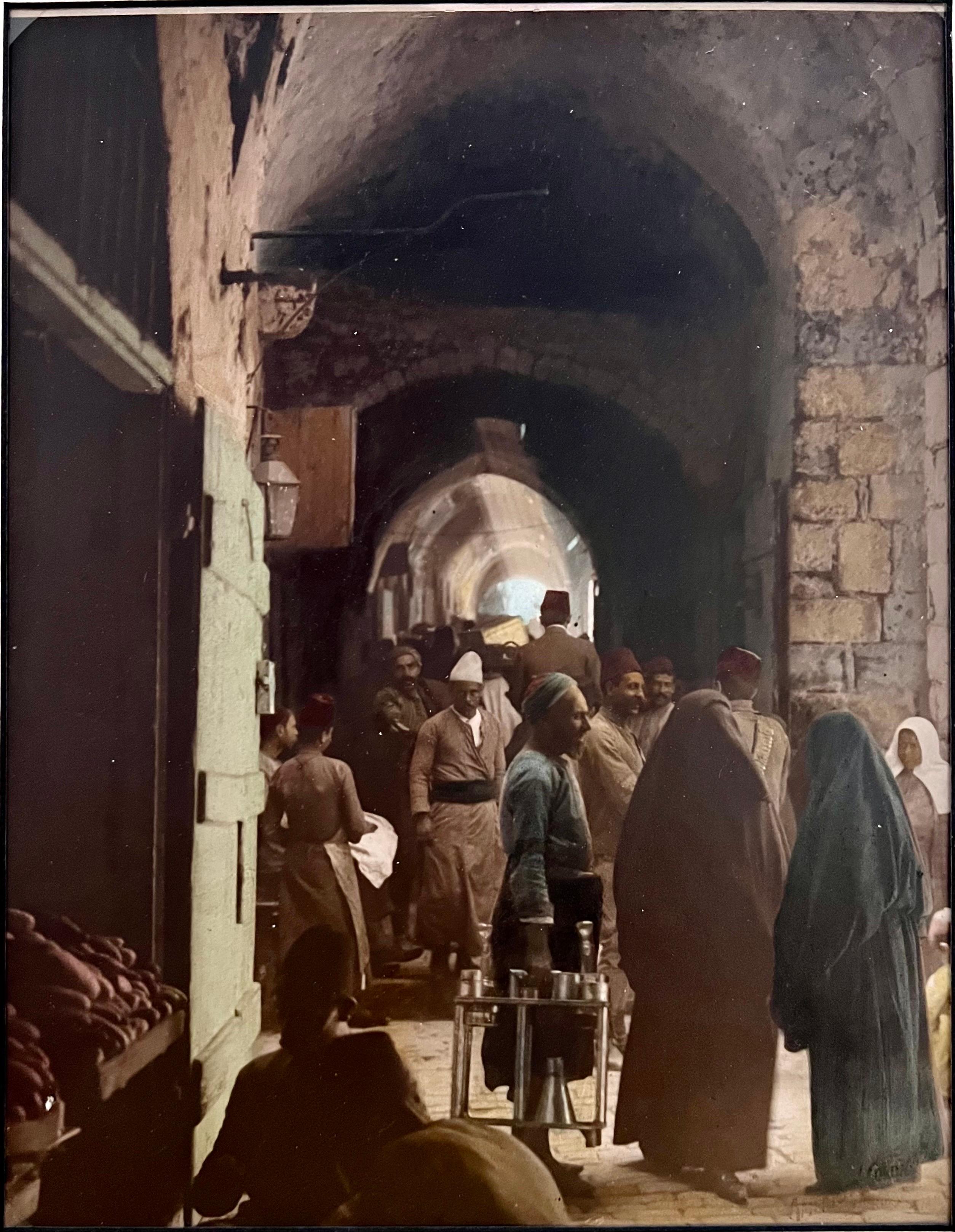
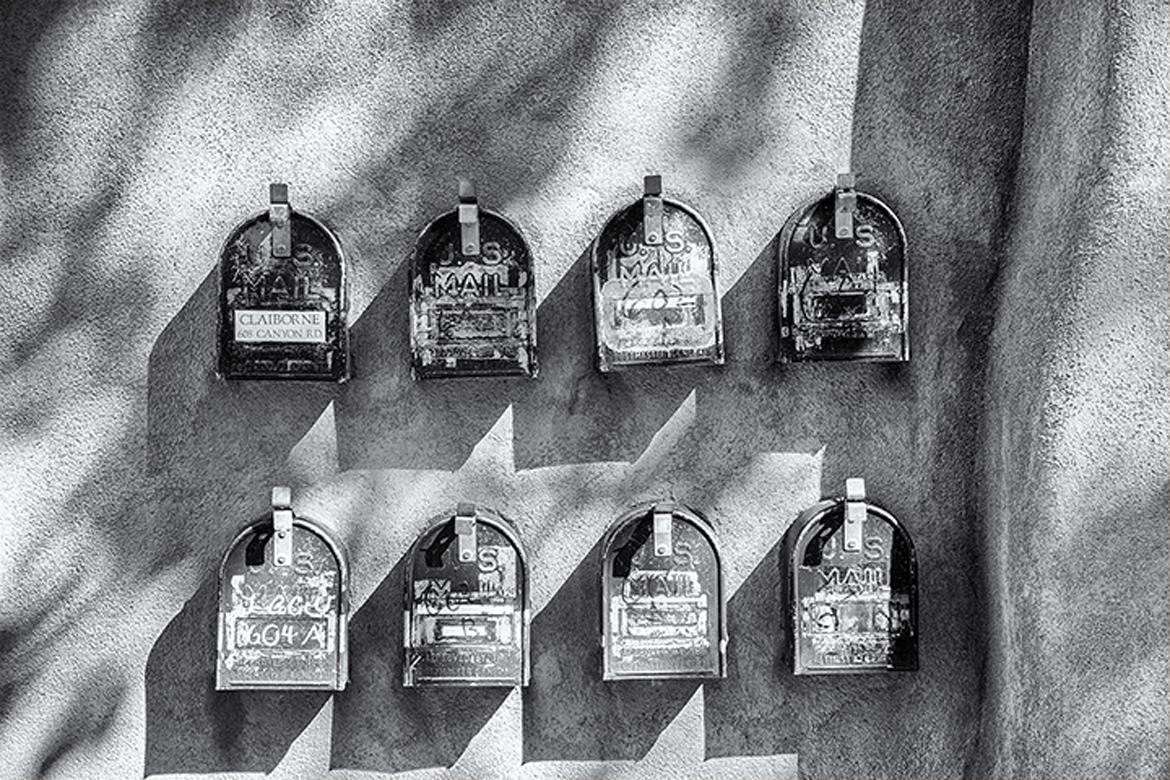
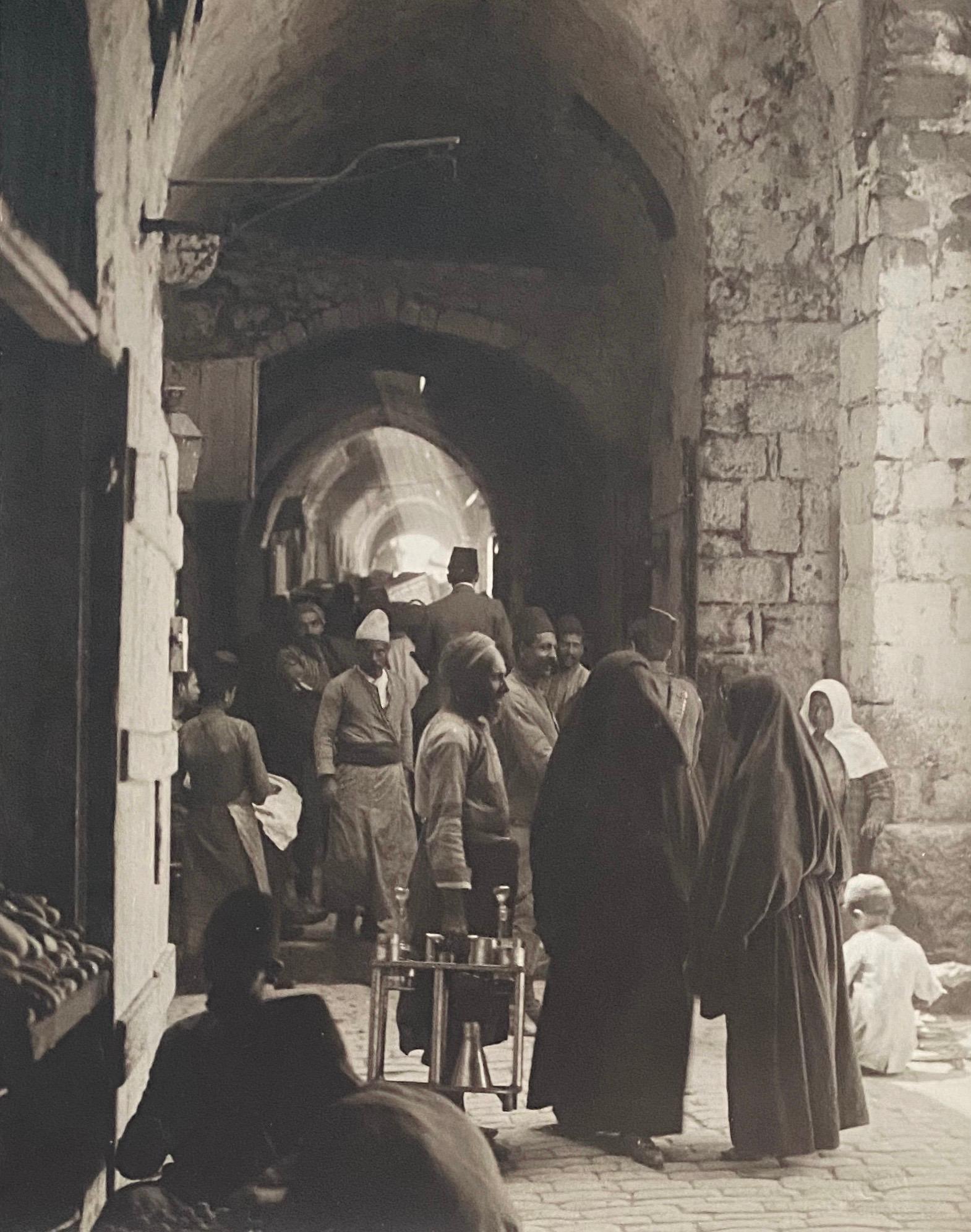
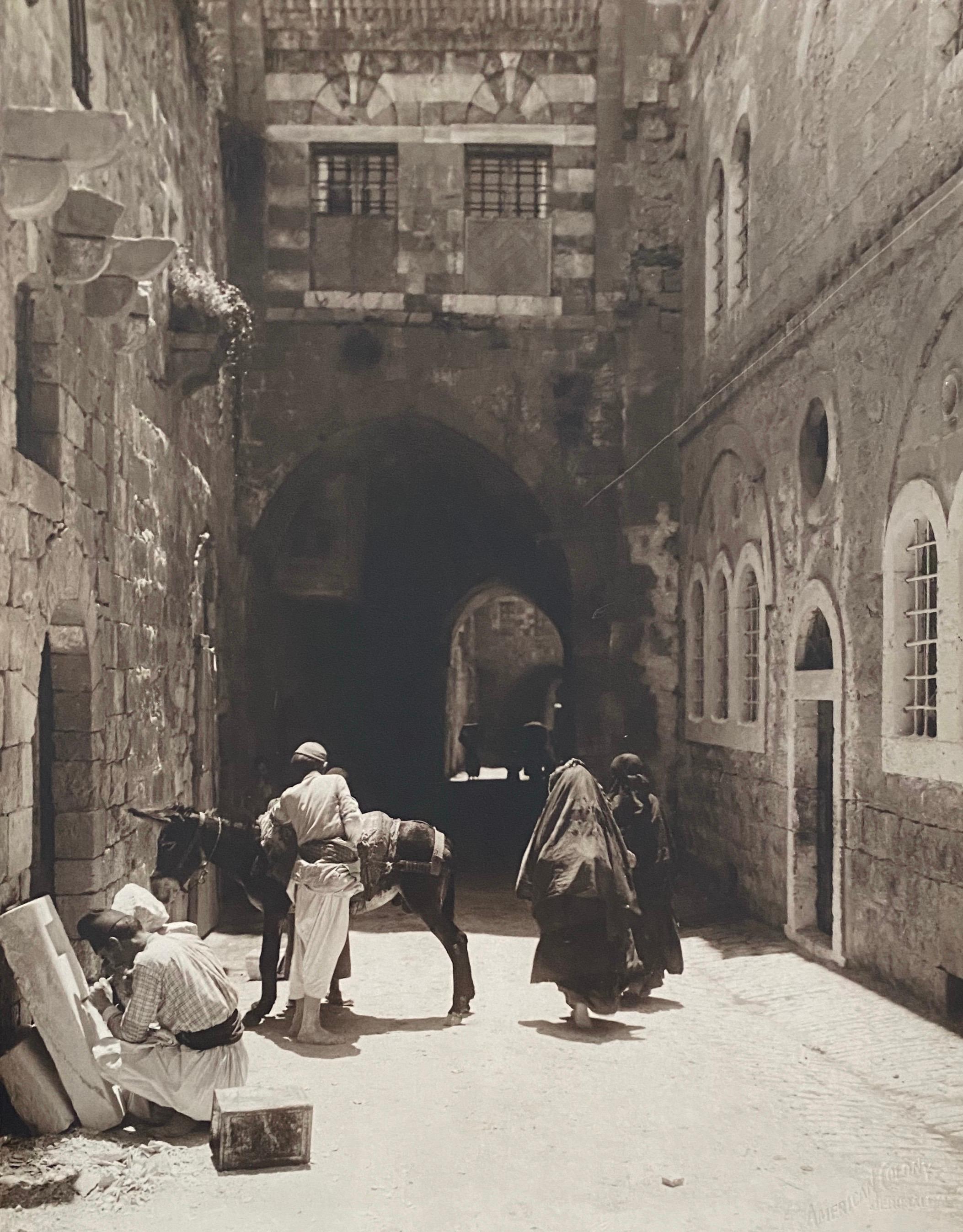
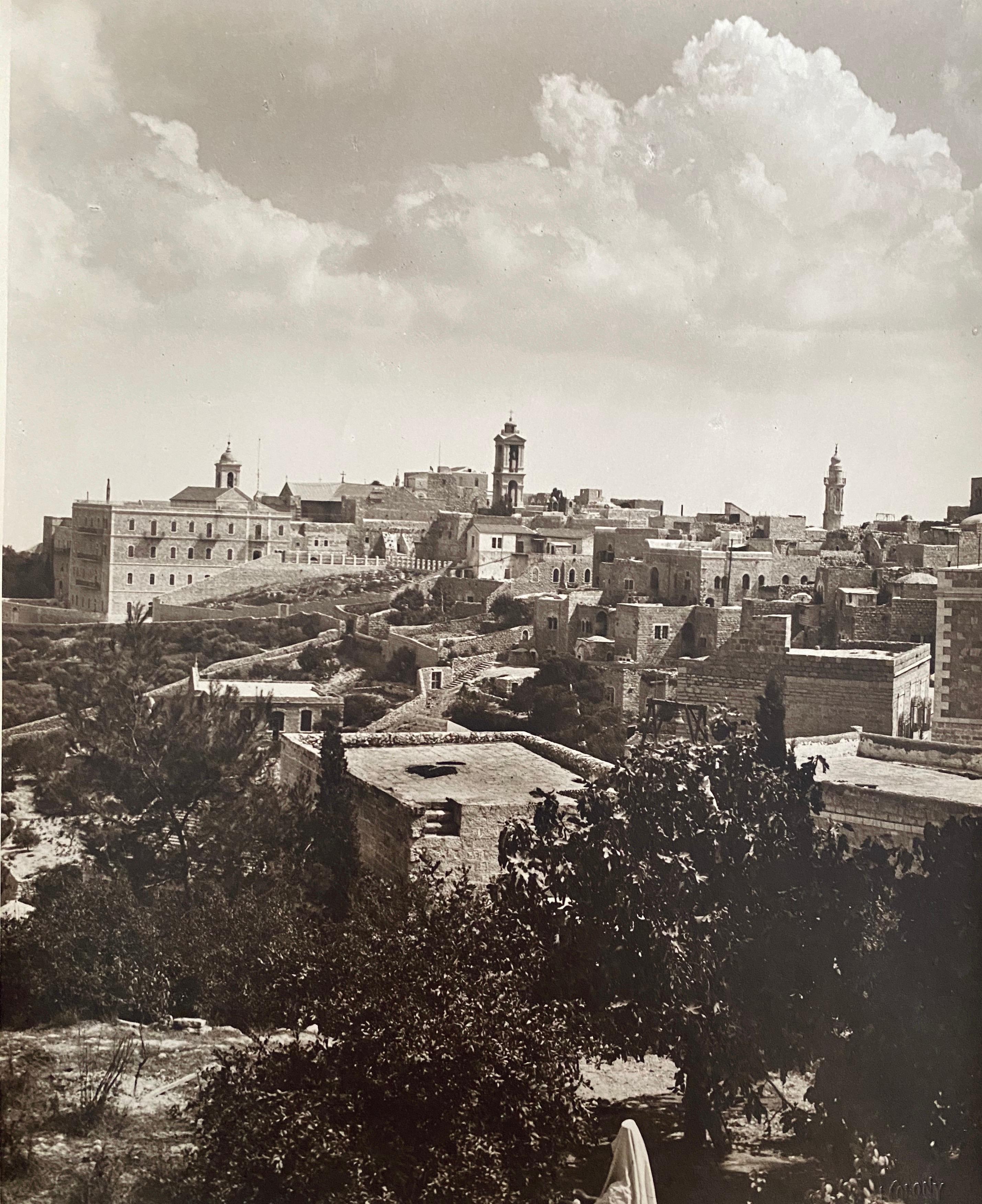
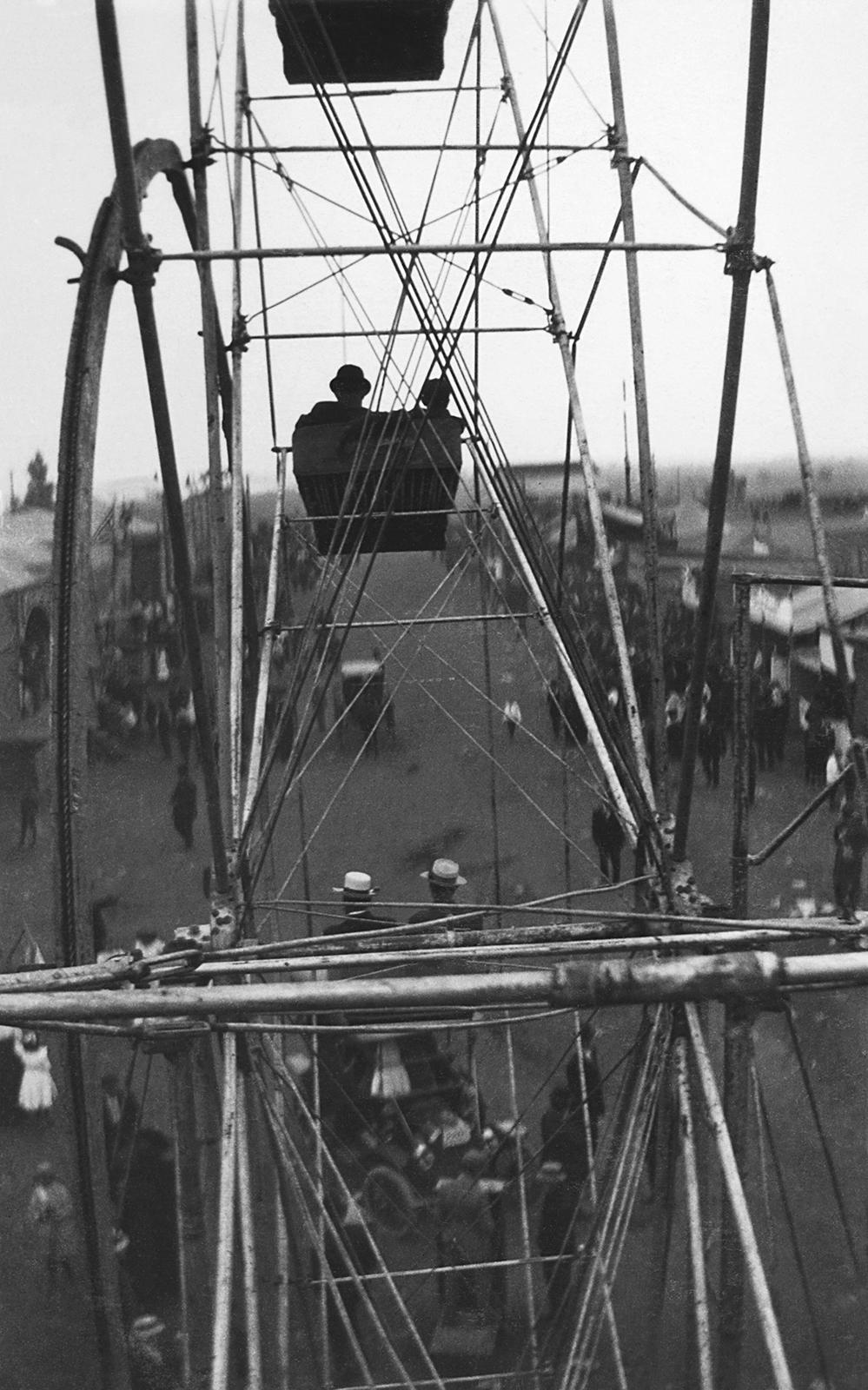


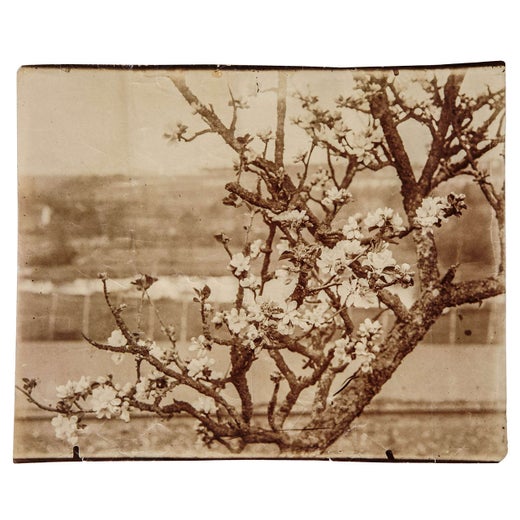
![Untitled [Modern Interior]](https://a.1stdibscdn.com/eugene-atget-photography-untitled-modern-interior-for-sale/a_9323/1527798356164/Atget_Modern_Interior_1stdibs_master.jpg?width=240)

